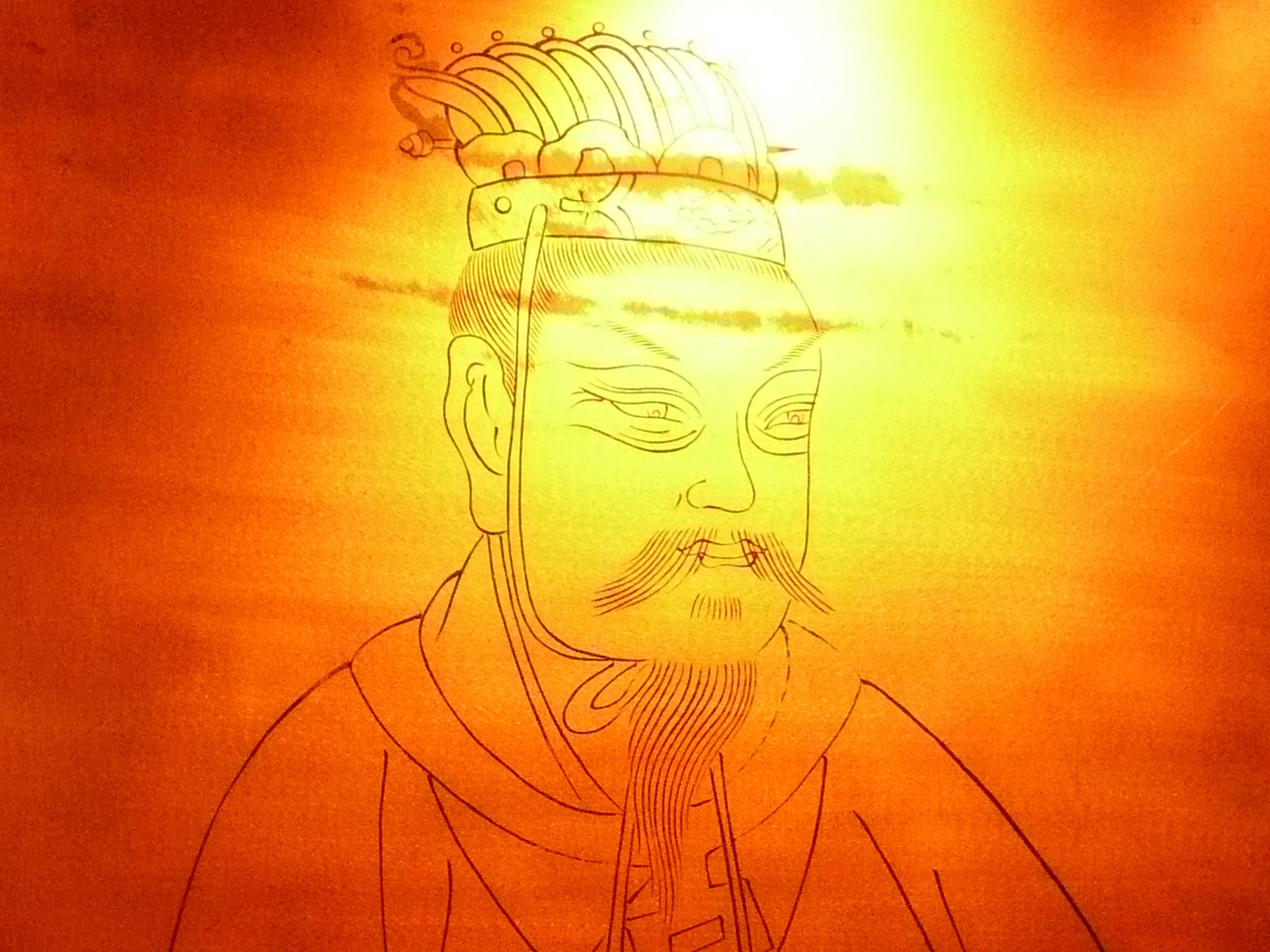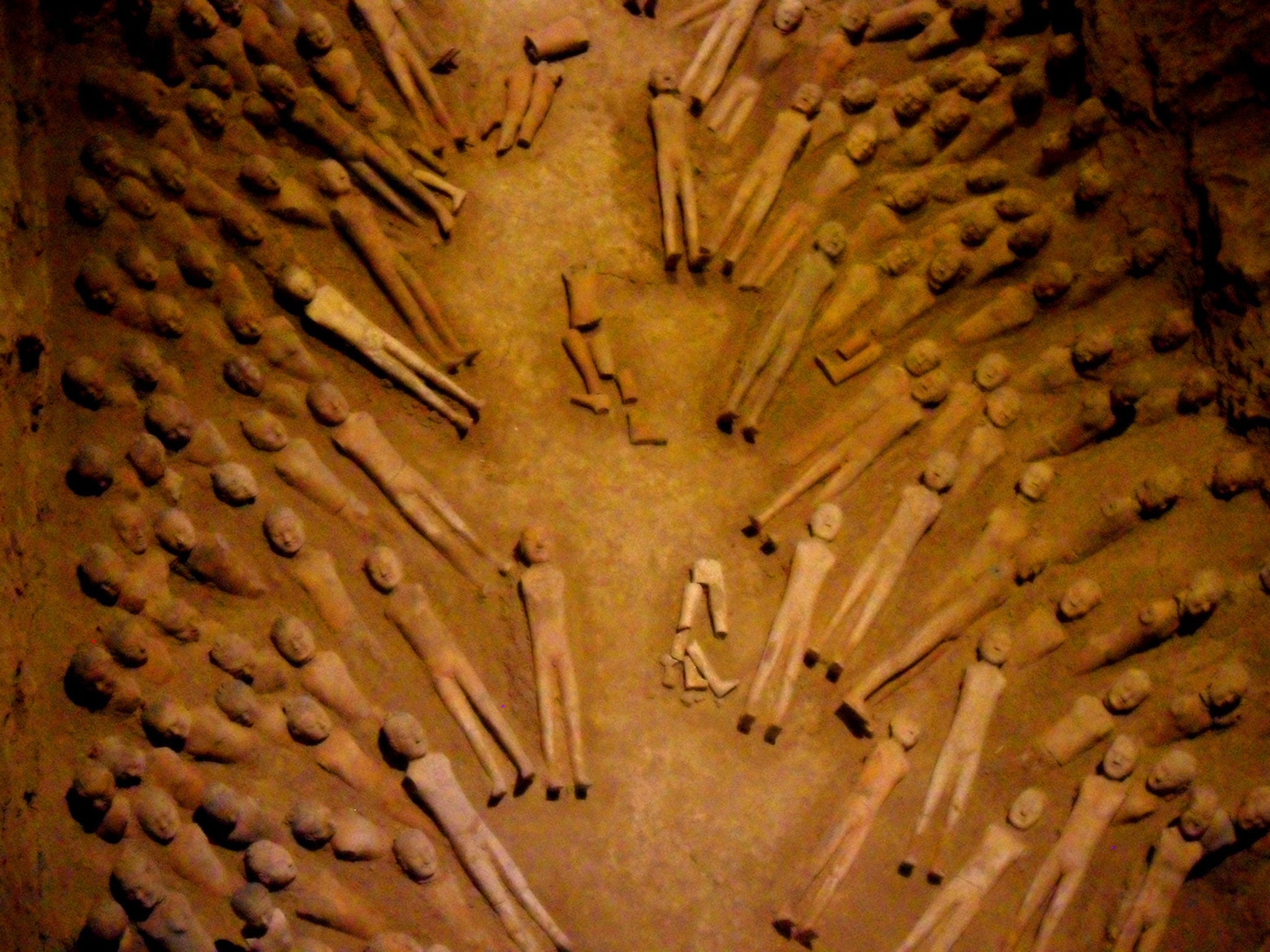Archaeologists discover world's oldest tea buried with ancient Chinese emperor
The tea aficionado ruler – the Han Dynasty Emperor Jing Di – died in 141 BC, making the leaves 2,150 years old

Archaeologists have discovered the oldest tea in the world among the treasures buried with a Chinese emperor.
New scientific evidence suggests that ancient Chinese royals were partial to a cuppa – at least 2150 years ago.
Indeed, they seem to have liked it so much that they insisted on being buried with it – so they could enjoy a cup of char in the next world.
Previously, no tea of that antiquity had ever been found – although a single ancient Chinese text from a hundred years later claimed that China was by then exporting tea leaves to Tibet.
The new discovery was made by researchers from the Chinese Academy of Sciences.
By examining tiny crystals trapped between hairs on the surface of the leaves and by using mass spectrometry, they were able to work out that the leaves, buried with a mid second century BC Chinese emperor, were actually tea.

The scientific analysis of the food and other offerings in the Emperor’s tomb complex have also revealed that, as well as tea, he was determined to take millet, rice and chenopod with him to the next life.

The tea aficionado ruler – the Han Dynasty Emperor Jing Di – died in 141 BC, so the tea dates from around that year. Buried in a wooden box, it was among a huge number of items interred in a series of pits around the Emperor’s tomb complex for his use in the next world.
Other items included weapons, pottery figurines, an ‘army’ of ceramic animals and several real full size chariots complete with their horses.
The tomb, located near the Emperor Jing Di’s capital Chang’an (modern Xian), can now be visited. Although the site was excavated back in the 1990s, it is only now that scientific examination of the organic finds has identified the tea leaves.
The tea-drinking emperor himself was an important figure in early Chinese history. Often buffeted by intrigue and treachery, he was nevertheless an unusually enlightened and liberal ruler. He was determined to give his people a better standard of living and therefore massively reduced their tax burden. He also ordered that criminals should be treated more humanely – and that sentences should be reduced. What’s more, he successfully reduced the power of the aristocracy.
“The discovery shows how modern science can reveal important previously unknown details about ancient Chinese culture. The identification of the tea found in the emperor’s tomb complex gives us a rare glimpse into very ancient traditions which shed light on the origins of one of the world’s favourite beverages,” said Professor Dorian Fuller, Director of the International Centre for Chinese Heritage and Archaeology, based in UCL, London.
The research has just been published in Nature’s online open access journal Scientific Reports.
The tea discovered in the Emperor’s tomb seems to have been of the finest quality, consisting solely of tea buds – the small unopened leaves of the tea plant, usually considered to be of superior quality to ordinary tea leaves.
Join our commenting forum
Join thought-provoking conversations, follow other Independent readers and see their replies
Comments